A Beginner’s Guide to Cooking Jasmine Rice
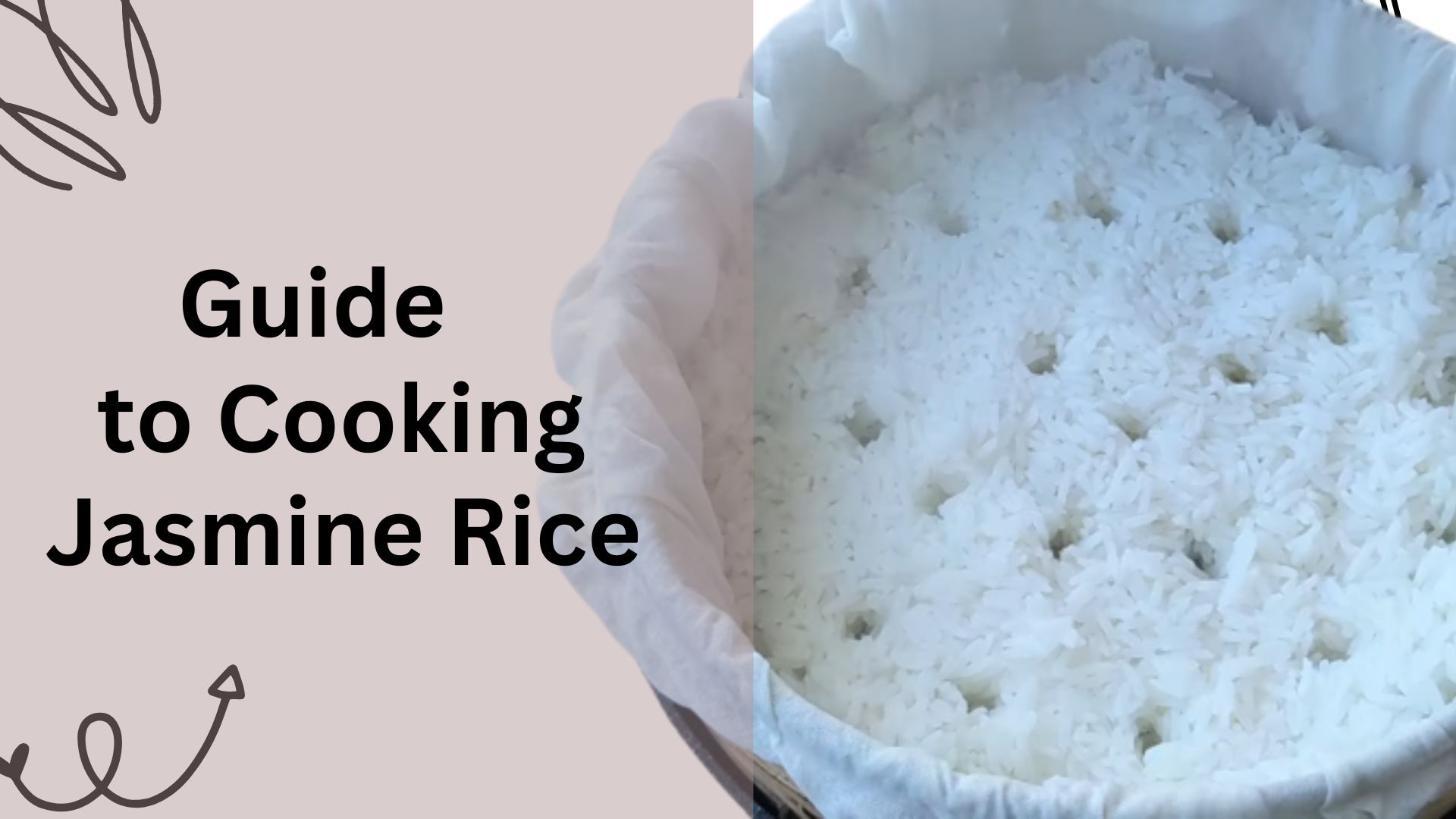
Cooking jasmine rice can be intimidating for any new cook – the deliciously fragrant grain is essential for a variety of Asian dishes, but choosing the right ingredients and procedure can be tricky. Getting the perfect pot of jasmine rice starts with selecting your grains carefully: look for grains that are long, slightly pointed, and snowy white. When it comes time to cook your batch, use a combination of water and oil to add flavor while also ensuring a fluffy finished product. Bring the mix to a boil then lower heat and add 1 cup of rice simmering for 17-20 minutes. When you’re ready to serve, fluff up the rice using your favorite utensil. With these helpful tips in mind, you’ll be well on your way to creating the perfect pot of jasmine rice every time!
Contents
- Overview of Jasmine Rice
- Nutrition Benefits of Eating Jasmine Rice
- Discovering the Wonders of Thai Cuisine with Jasmine Rice
- Tips for Cooking with Jasmine Rice
- Popular Recipes Featuring Jasmine Rice
- How to Store and Reheat Leftover Jasmine Rice Dishes
- Creative Ways to Use Leftover Cooked Jasmine Rice
- Conclusion
- How to cook rice without a Rice Cooker
- How to Cook White Rice?
- How to Cook Quinoa in a Rice Cooker?
Overview of Jasmine Rice
As someone with a deep-seeded passion for health and nutrition, I was delighted to learn just how many benefits come with eating Jasmine Rice. Ounce per ounce, this type of rice is packed with tremendous amounts of protein and dietary fiber; twice as much as other varieties such as long grain or brown rice. It also boasts high levels of niacin, thiamin B1, Vitamin B6, magnesium, phosphorus and iron. All of the elemental nutrients your body needs to stay healthy and energized during the day! Potassium and selenium are also present in Jasmine rice providing a powerful boost to your immune system. If you’re looking for an easy way to add important vitamins and minerals into your diet without sacrificing taste or texture, then few grains can compare to amazing Jasmine rice.
Nutrition Benefits of Eating Jasmine Rice
Eating jasmine rice can be very beneficial to your nutrition. With most white rice containing high levels of carbohydrates and little else, Jasmine rice stands out as an opponent to the typical option. It contains significantly more nutrition value than other white varieties because it is a whole grain—a complex carbohydrate with added dietary fiber, vitamins and minerals. It also has a higher protein content compared to its peers. This means that not only is it healthier due to its balanced composition, but offers a source of substantial energy as well. It’s light texture makes for a pleasant experience when eaten as part of any dish, such as by itself with potatoes or in soup or curry dishes; adding a healthy component to many meals in addition to its excellent taste. Whether you are watching your diet or just looking for a bit more nutritional content in the foods you are consuming, give jasmine Rice a try – you won’t be disappointed!
Discovering the Wonders of Thai Cuisine with Jasmine Rice
Thai cuisine is known for its unique flavors and use of fragrant ingredients, and Jasmine rice is a staple in many dishes. It can be used to make fried rice, sticky rice, curries and stir-fries. This type of fragrant rice also goes well with seafood, vegetables and other exotic spices such as lemongrass or galangal.
Tips for Cooking with Jasmine Rice
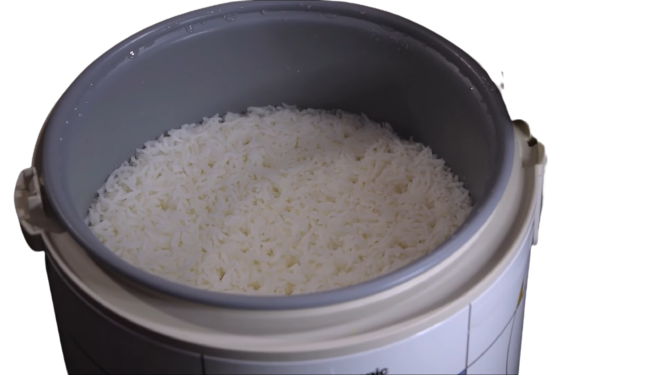
Cooking with jasmine rice is unlike other types of white rice, as it has a distinct flavor, texture, and fragrance that can bring all kinds of dishes to life. For best results, begin by rinsing your jasmine rice in a strainer with cold water until any residue has been washed away; this not only enhances the texture of the finished dish but also shortens the overall cooking time. Once the rinse is complete, measure out the amount of water needed according to the desired quantity of rice you are preparing, typically two parts liquid per one part rice. Then cook in a pot on medium heat for 15-20 minutes (or what is recommended on the package). As soon as you reach your desired texture and don’t notice any excess steam or liquid bubbling up – turn off heat and fluff with a fork before serving. With these simple tips in mind you will be able enjoy delicious meals prepared with aromatic jasmine rice every time!
Popular Recipes Featuring Jasmine Rice
Jasmine rice is a popular and nutritious ingredient that can be used to make delicious recipes. It’s fragrant aroma and delicate flavor pairs well with a variety of dishes, so it’s no surprise that this type of rice is frequently found in many popular recipes. From stir-fries and curries to creamy risottos and flavorful fried rice, jasmine rice is the perfect addition to modify the taste from mild and buttery to bold and exotic! My favorite way of cooking jasmine rice is by making the classic Thai dish khao pad. This easy-to-make dish consists of pan-fried jasmine rice mixed with flavorful herbs, vegetables, spices, eggs, and other accompaniments like pork or chicken. The combination of sweet and savory makes khao pad an irresistible summer meal!
How to Store and Reheat Leftover Jasmine Rice Dishes
Storing and reheating leftover jasmine rice dishes is the key to getting maximum enjoyment out of them. To store, you’ll want to cool your dish quickly by placing it into a shallow container such as a Tupperware, ensuring that the contents are not more than three inches deep. Once cooled off, cover the dish with an airtight lid or cling wrap and then refrigerate for up to four days. To reheat, start by taking a small portion of your dish and place it on a microwavable plate. Cover the top with cling wrap, making sure it doesn’t touch anything heated like a bowl or plate in direct contact with the cling wrap so as to avoid plastic melting. Then microwave your food at full power for one minute, give it a check and continue microwaving in 30-second intervals as necessary; your goal is to get an internal temperature of 165F (74C). For best results, stir occasionally throughout cooking time for even reheating and serve promptly after removing from microwave.
Creative Ways to Use Leftover Cooked Jasmine Rice
With a little bit of imagination and creativity, your leftover cooked jasmine rice can quickly become a tasty treat. Instead of just reheating it as is, you could whip up some fried rice; simply sauté vegetables like onions, garlic, carrots, bell peppers and mushrooms in a pan. Add in the rice and let it all cook together; the cooked rice will warm through very quickly. Finish off with flavorful sauces like teriyaki or soy sauce for extra zing. If you want to make something sweet, then mix cooked jasmine rice with milk and top off with your favorite fruits such as berries or mangoes. You can even turn it into sushi by rolling it up with your choice of fillings – think salmon or tuna for protein or some cream cheese or avocado for creaminess. The possibilities are endless!
Conclusion
As you can see that, Jasmine rice offers a variety of health benefits and is an ideal choice for those who are looking to incorporate healthier grains into their meals. It has a distinct flavor, texture, and fragrance that can bring all kinds of dishes to life. With proper preparation techniques in mind you will be able to make the perfect dish every time. Whether it’s a fragrant fried rice, sticky dessert or flavorful curries, jasmine rice is a must-have in any kitchen!
Though the nutritional advantages of Jasmine rice are clear – from its high levels of essential vitamins and minerals to its lower calorie count compared to other white varieties – taste is also a major factor when it comes to choosing this type of grain. Its distinct aroma and delicate flavor pairs well with a variety of dishes, making it an ideal choice for any palate. Additionally, storing and reheating leftover jasmine rice dishes is easy to do if you follow the steps outlined above; so don’t be afraid to experiment with different recipes and enjoy the many culinary possibilities this grain has to offer.
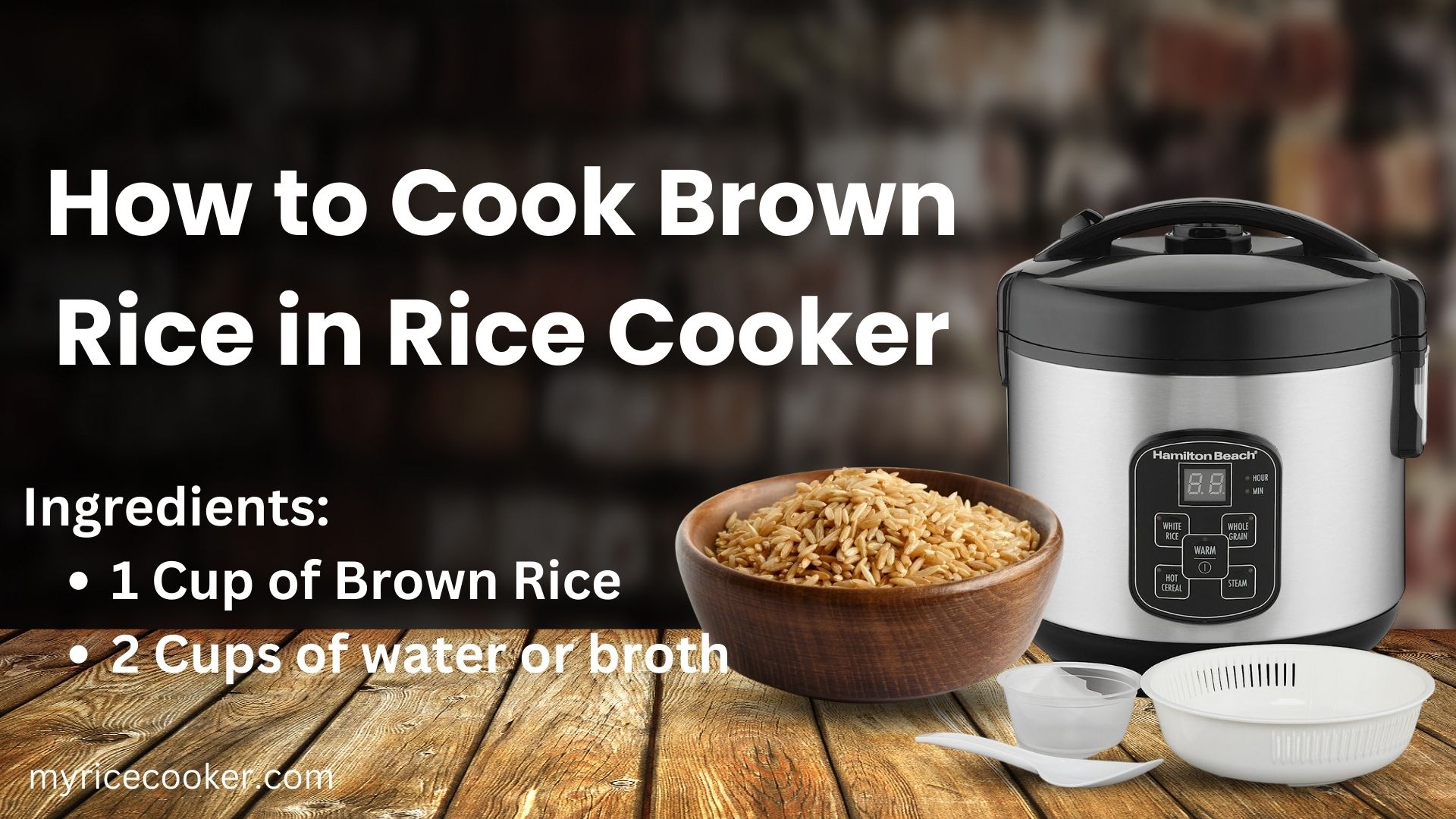
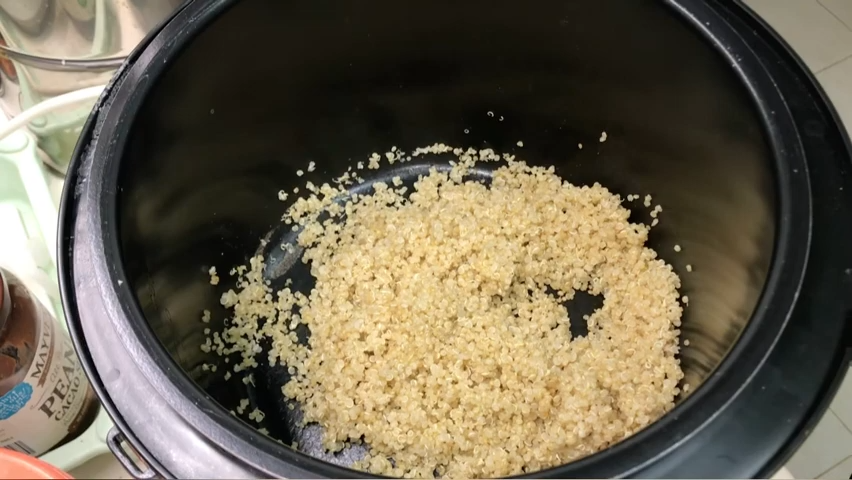
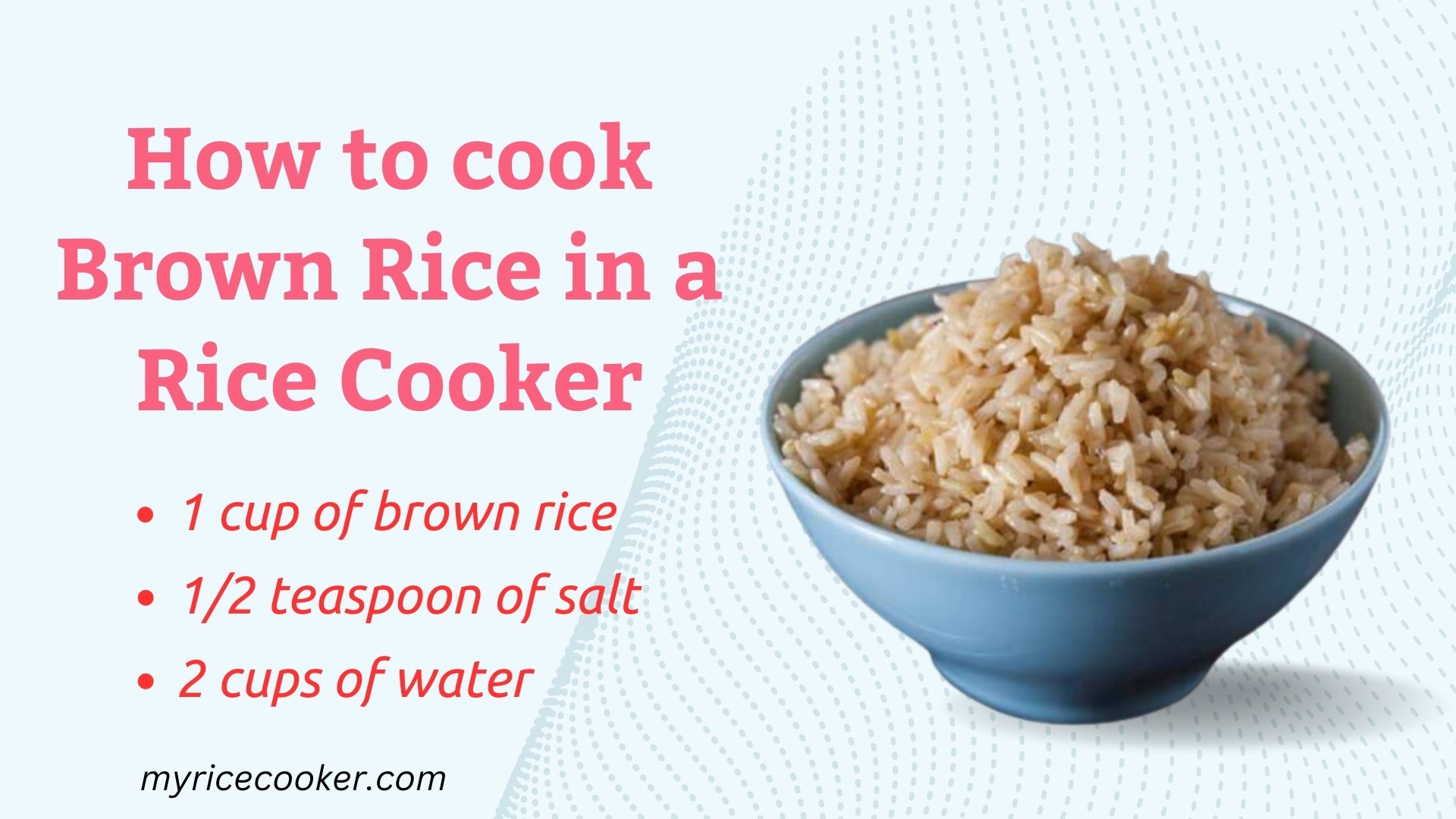
Leave a Reply